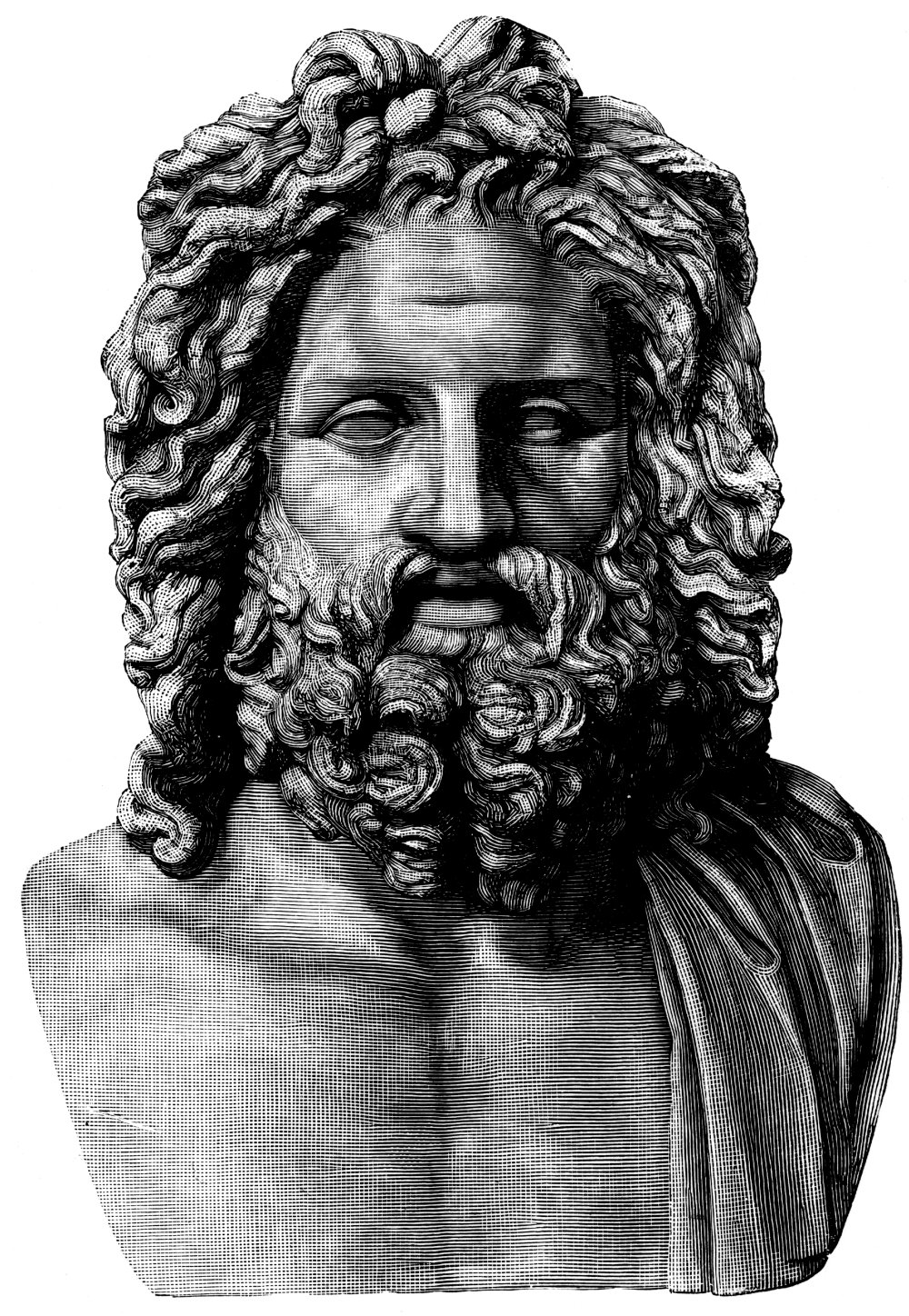Says Joyce Carol Oates, explaining her story "Mastiff," which begins:
Earlier, on the trail, they’d seen it. The massive dog. Tugging at its master’s leash, so that the young man’s calves bulged with muscle as he fought to hold the dog back. Grunting what sounded like “Damn, Rob-roy! Damn dog!” in a tone of exasperated affection.Mastiff... massive... master...
Rob-Roy?
Robert Roy MacGregor (Scottish Gaelic: Raibeart Ruadh MacGriogair; baptised 7 March 1671 – 28 December 1734), usually known simply as Rob Roy or alternately Red MacGregor, was a famous Scottish folk hero and outlaw of the early 18th century, who is sometimes known as the Scottish Robin Hood. Rob Roy is anglicised from the Gaelic Raibeart Ruadh, or Red Robert. (He had red hair, Ruadh being Gaelic for red-haired, though it darkened to auburn in later life.)Names. What does it mean to name the dog Rob-Roy? Oates's scary mastiff isn't even red. He's black.
We were out on the north shore of Lake Mendota the other day with our borrowed black dog named Zeus. Along came another black Lab. "What's his name?" we ask, and the man says, "Thor."
Seeing a dog-owner with a massive dog, we are likely to think that the dog-owner is enjoying his spurious power....
I google for an image of the god Thor, and Google autocompletes to Thoreau...




No comments:
Post a Comment